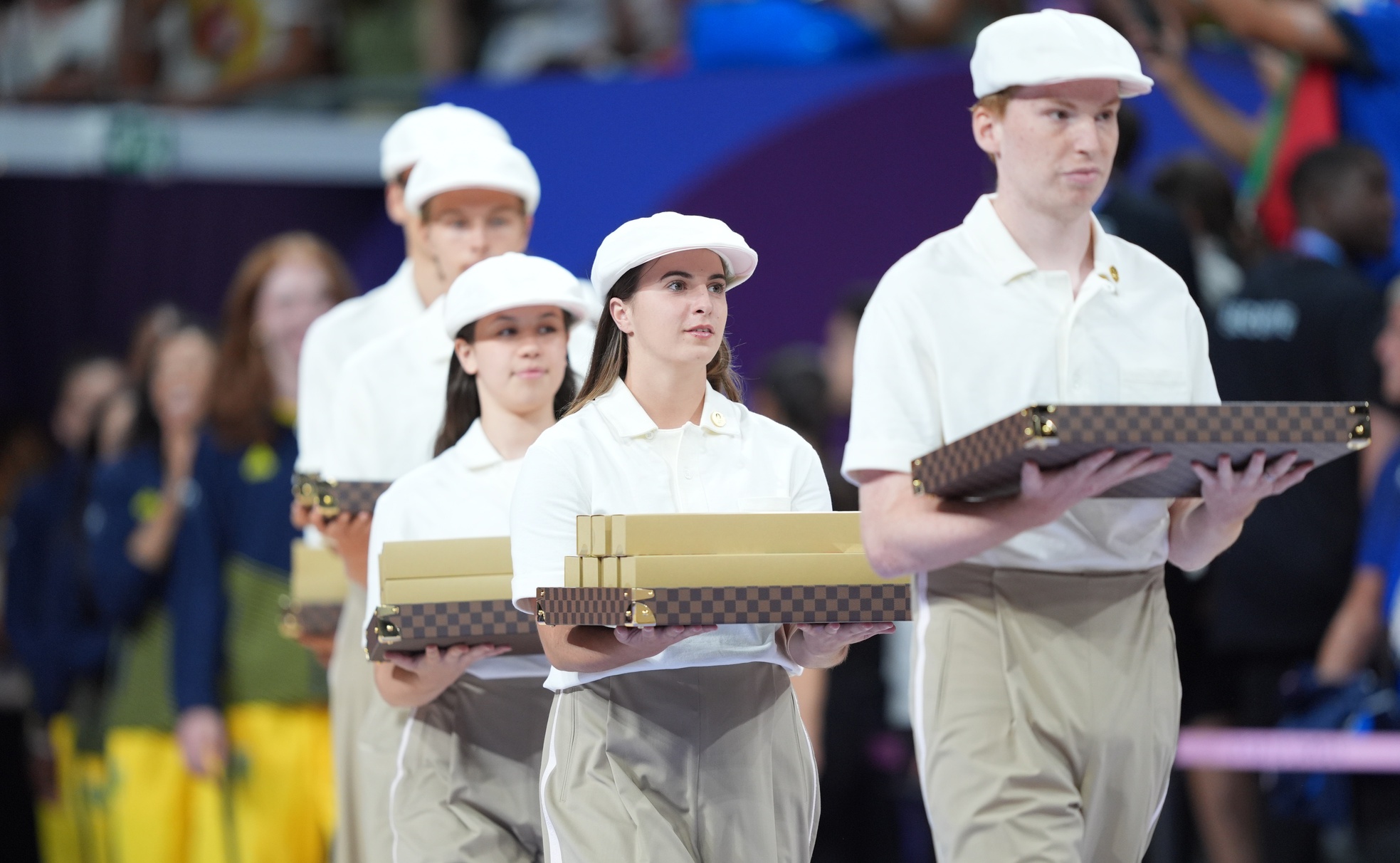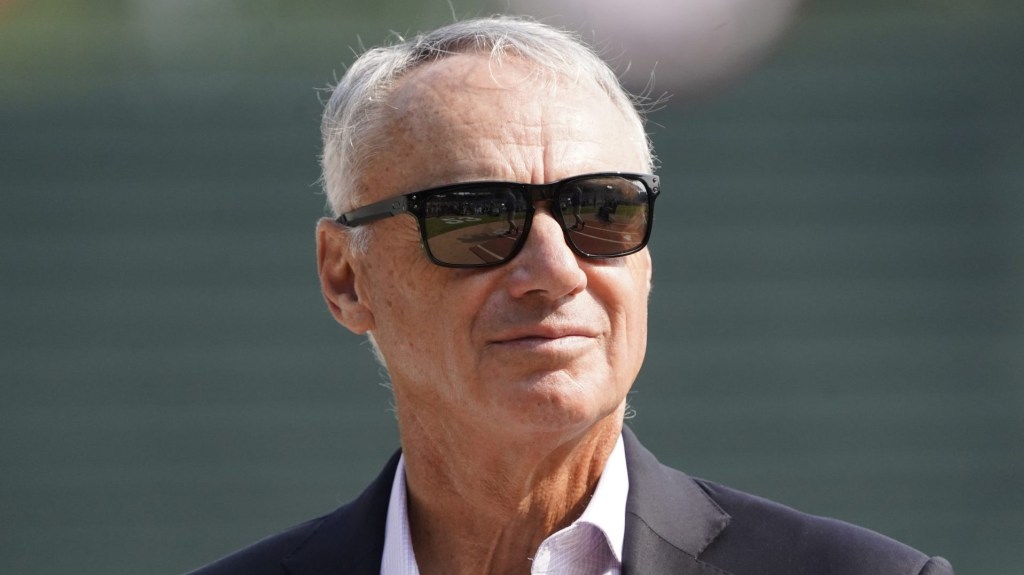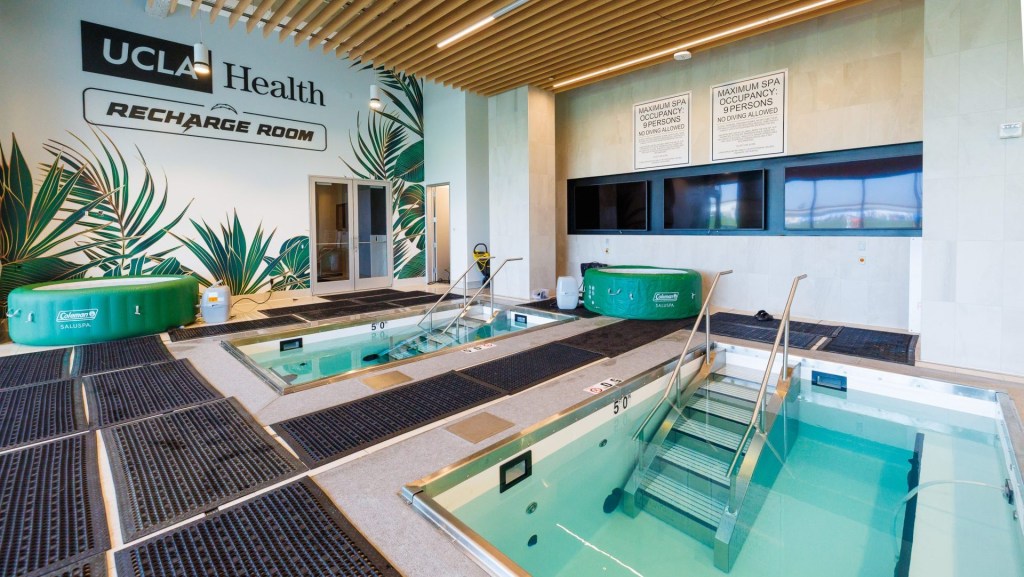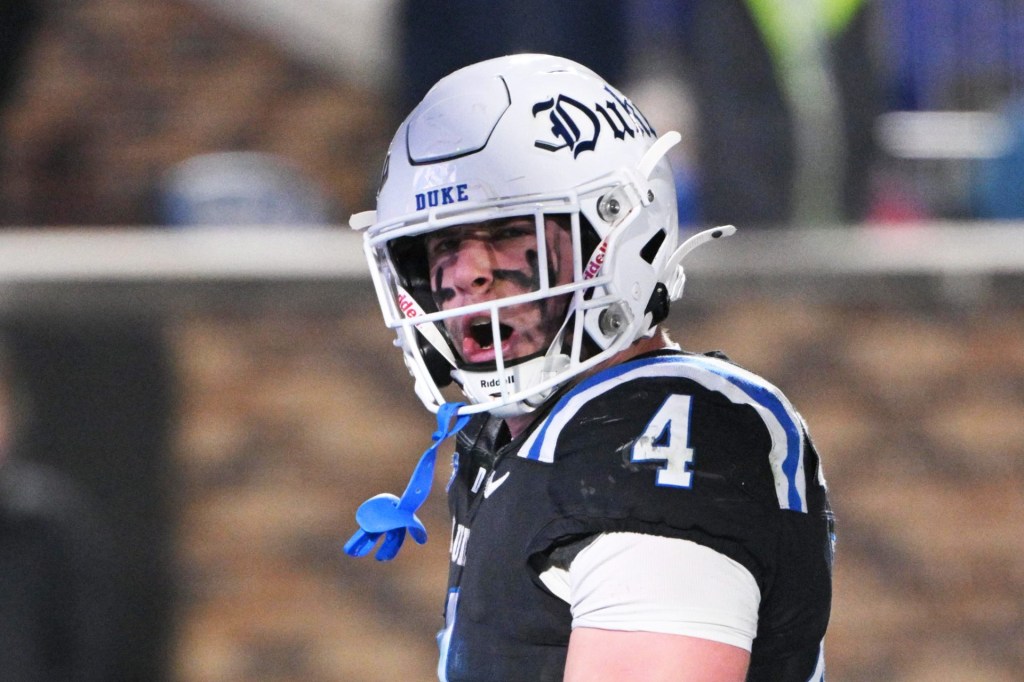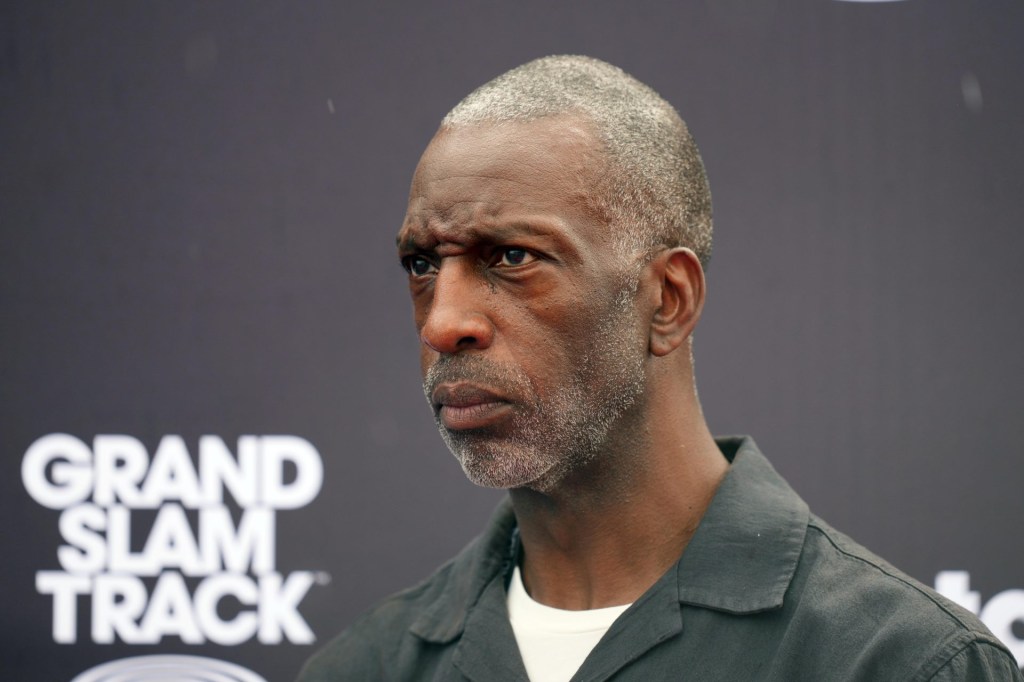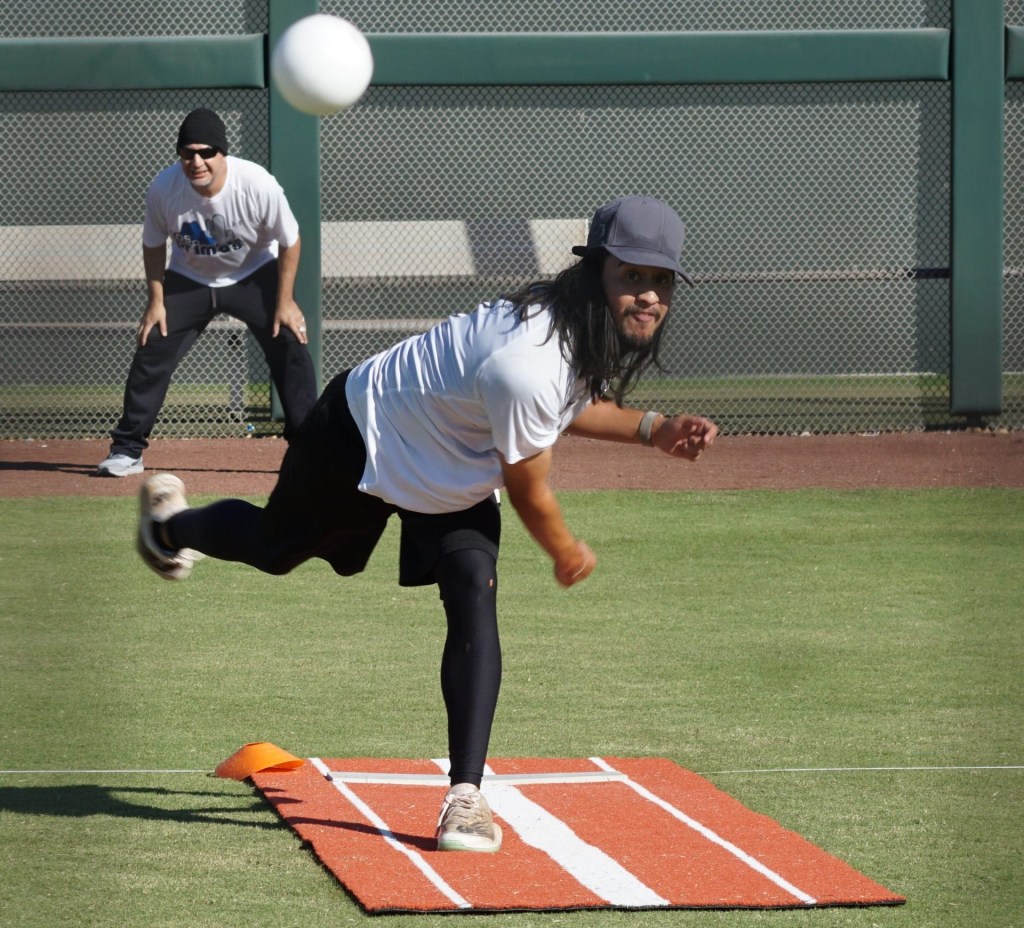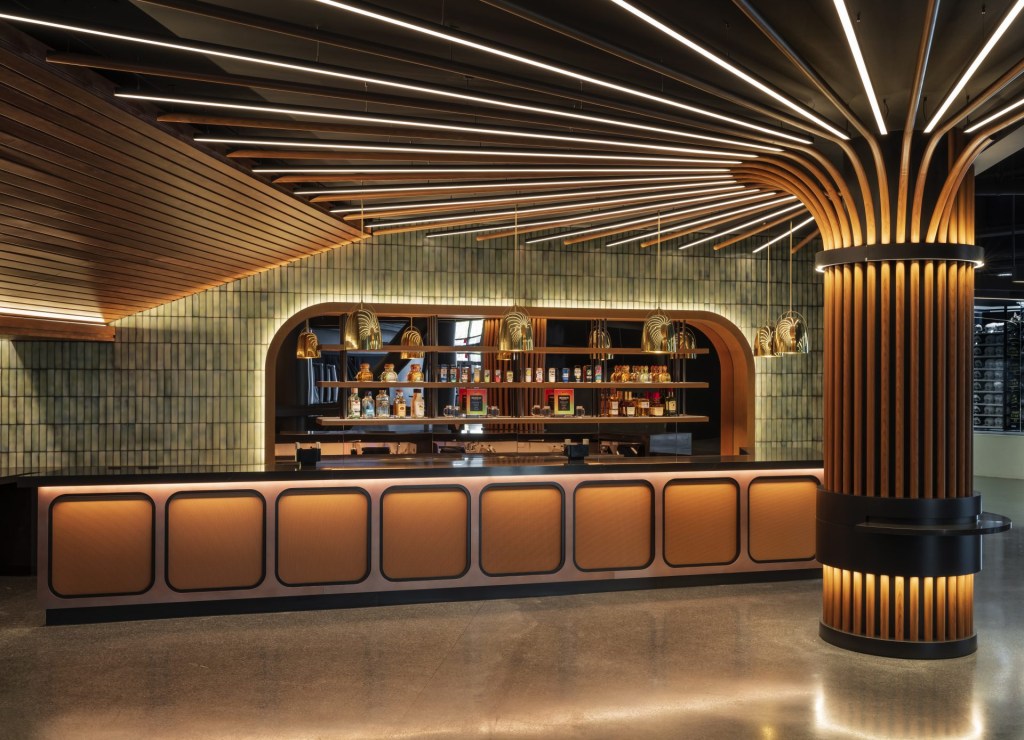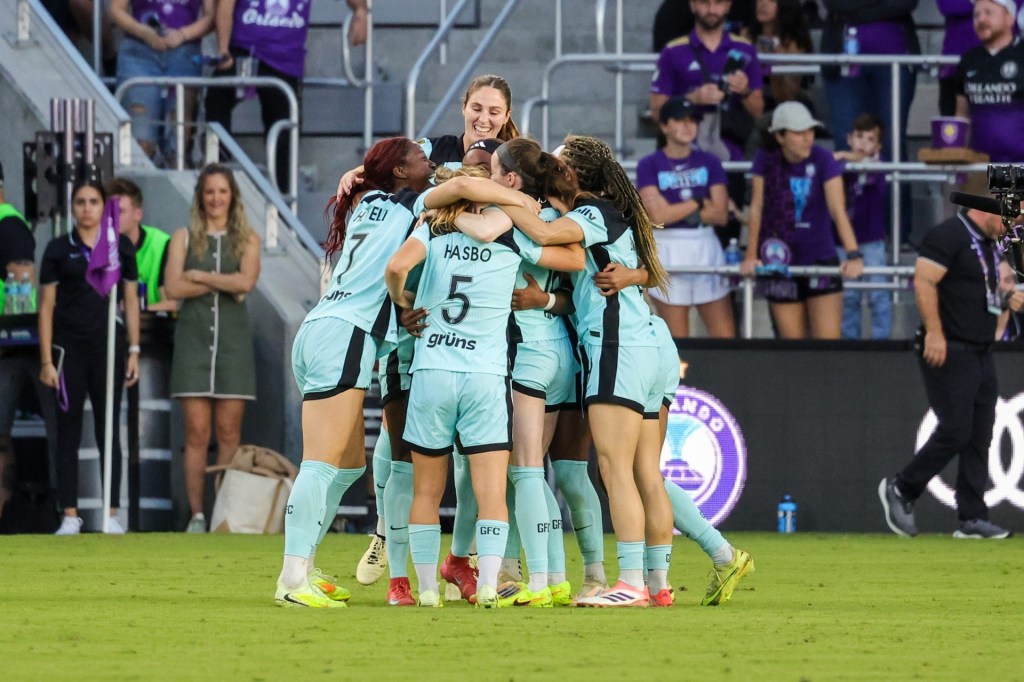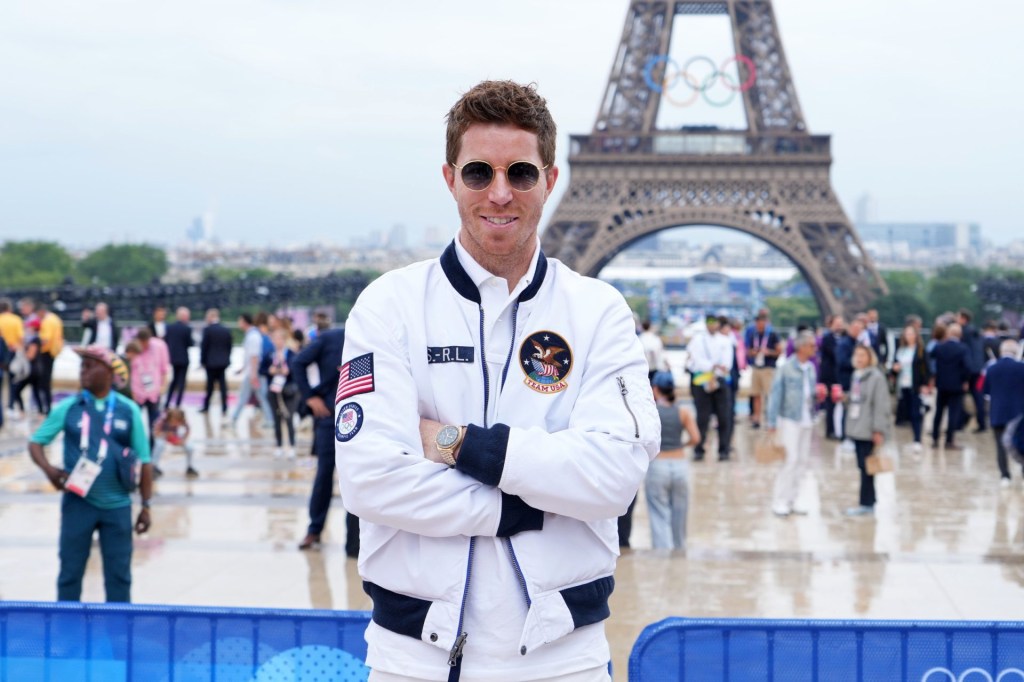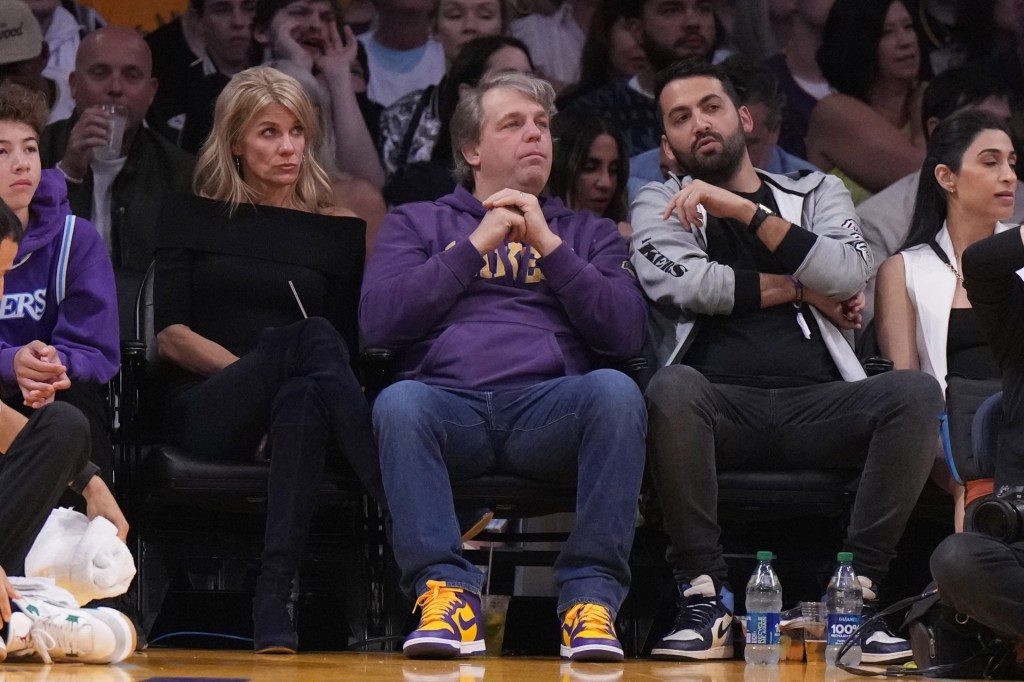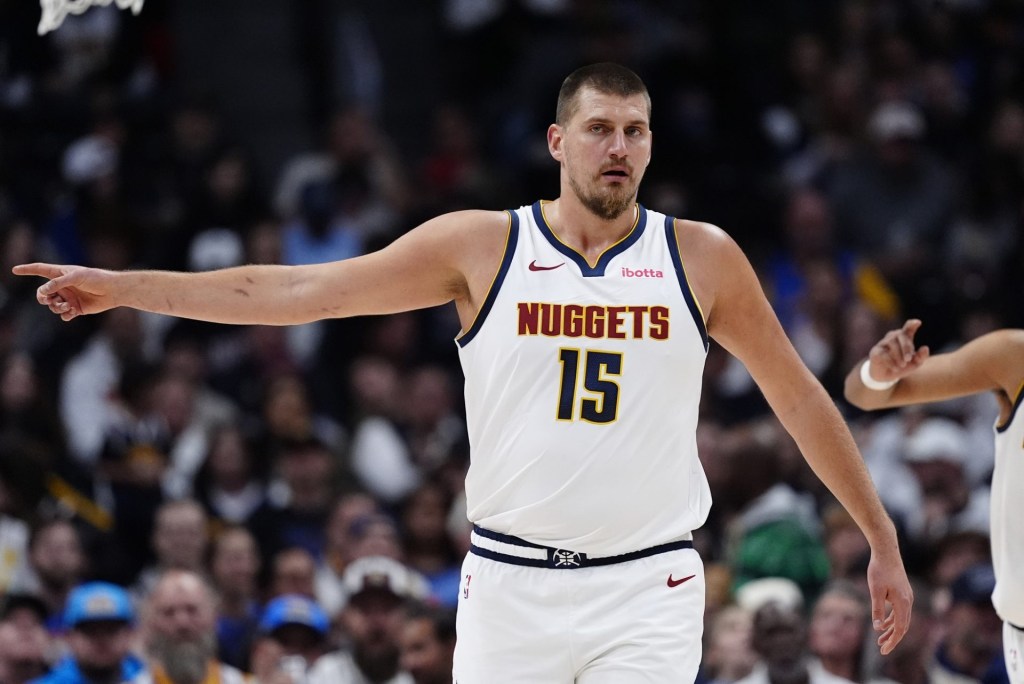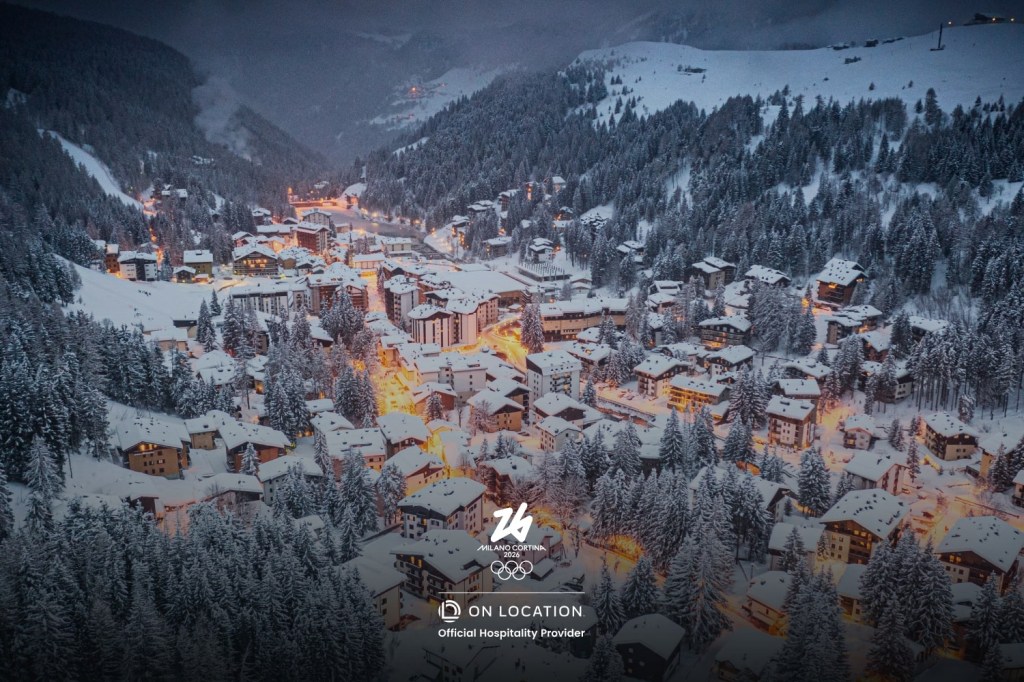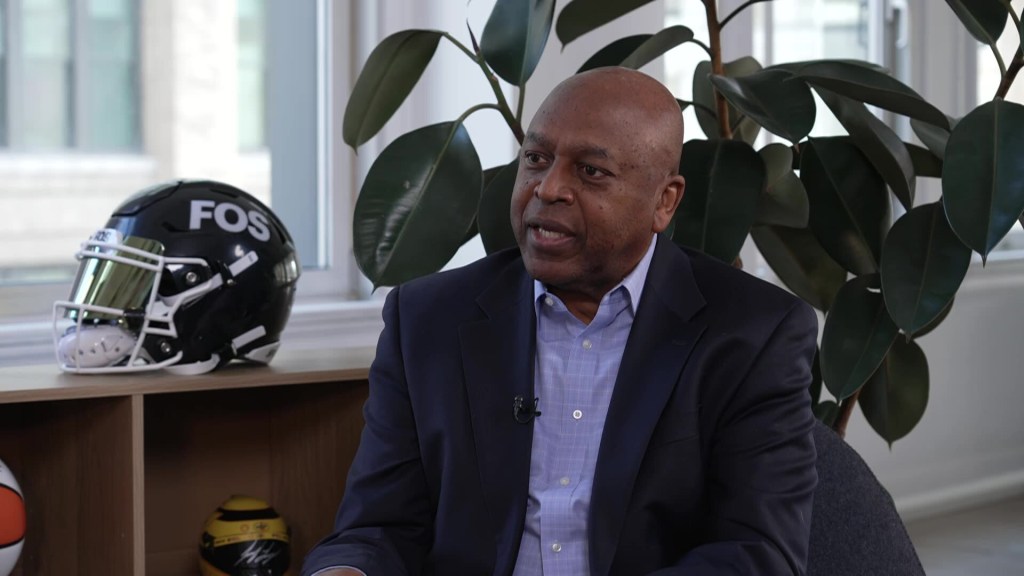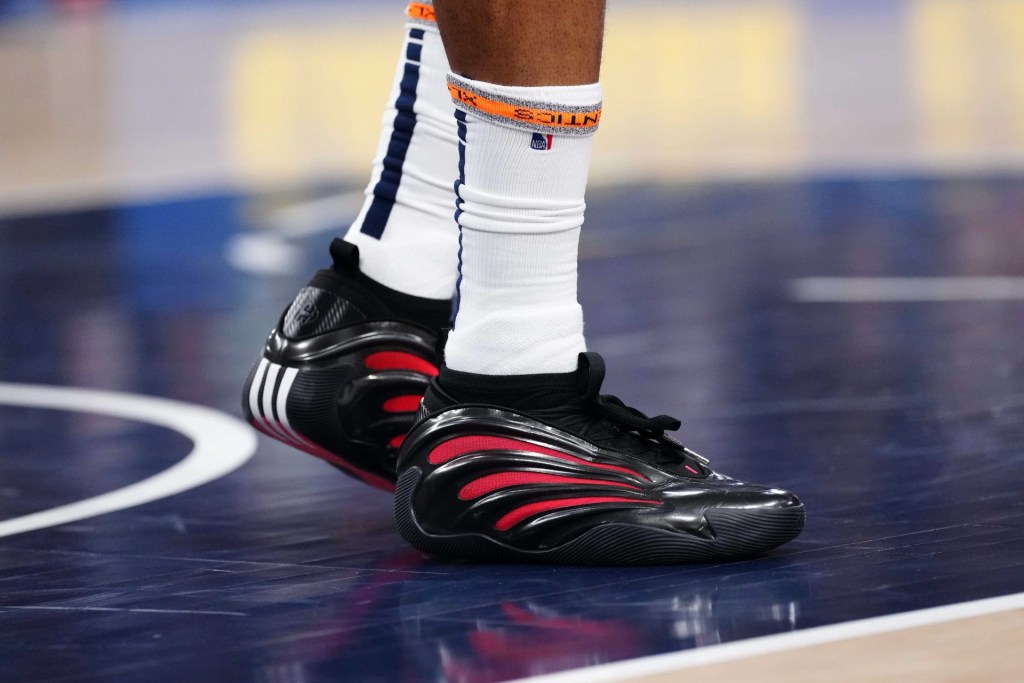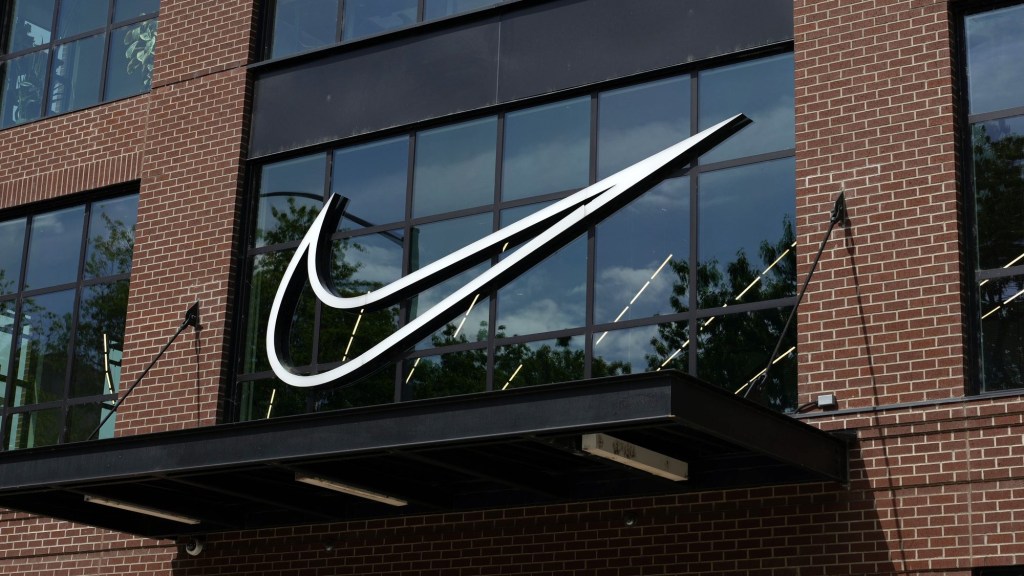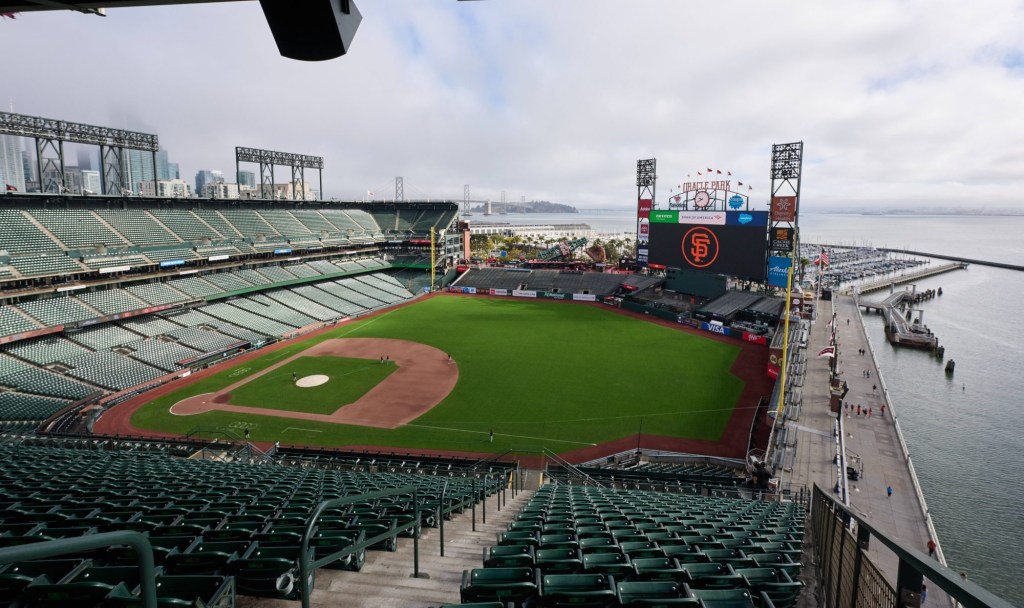Formula One kicks off its Grand Prix season in Melbourne in March, and for the first time in more than a decade, Rolex’s gold-crown logo and brand name won’t adorn the podium, race track, and start clock. As part of a 10-year, multibrand deal between F1 and LVMH—the world’s largest luxury group—watchmaker TAG Heuer will take over official timekeeping honors, and Louis Vuitton will debut as the race title sponsor.
After a 25-year hiatus, Moët & Chandon—also an LVMH property—will return as F1’s dedicated champagne provider, replacing the competing bubbly brands that recent winners have sprayed into the crowds. The winemaker has also unseated Rolex’s naming rights to the Belgian Grand Prix in July.
LVMH’s brands—like their luxury peers—have long turned popular athletes into campaign ambassadors, lent their expertise to designing team uniforms, and courted wealthy fans through sponsorships. But the partnership—reportedly worth more than $100 million a year—is much more than a one-off publicity grab by a business more known for its fashion, jewelry, and beauty expertise. LVMH is becoming a serious sports power player.
Its portfolio brands were everywhere in last summer’s Olympics thanks to a €150 million investment: In the opening ceremony, Louis Vuitton monogrammed steamer trunks got prime placement, as performers like Céline Dion and Lady Gaga boated down the Seine in head-to-toe Dior. Team France competed in Berluti uniforms, and medals designed by jeweler Chaumet were presented on distinctive Vuitton-branded leather trays. (Its presence was so ubiquitous, some officials and fellow sponsors later complained to the media about the pervasiveness of the branding.)
In November, the Arnault family—headed by LVMH founder, chairman, and CEO Bernard Arnault—announced they had acquired a majority stake in Paris FC, a French second-tier soccer club. According to French media, the initial investment was valued at €100 to €200 million, and in the coming years, the Arnaults are expected to make a substantial push to both burnish the club’s brand and elevate its performance.
“I don’t think we’ve seen a luxury group take such broad strides across sport and sporting sponsorship,” Hugo Hensley, head of sports services at the valuation and strategy consultancy Brand Finance, tells Front Office Sports.
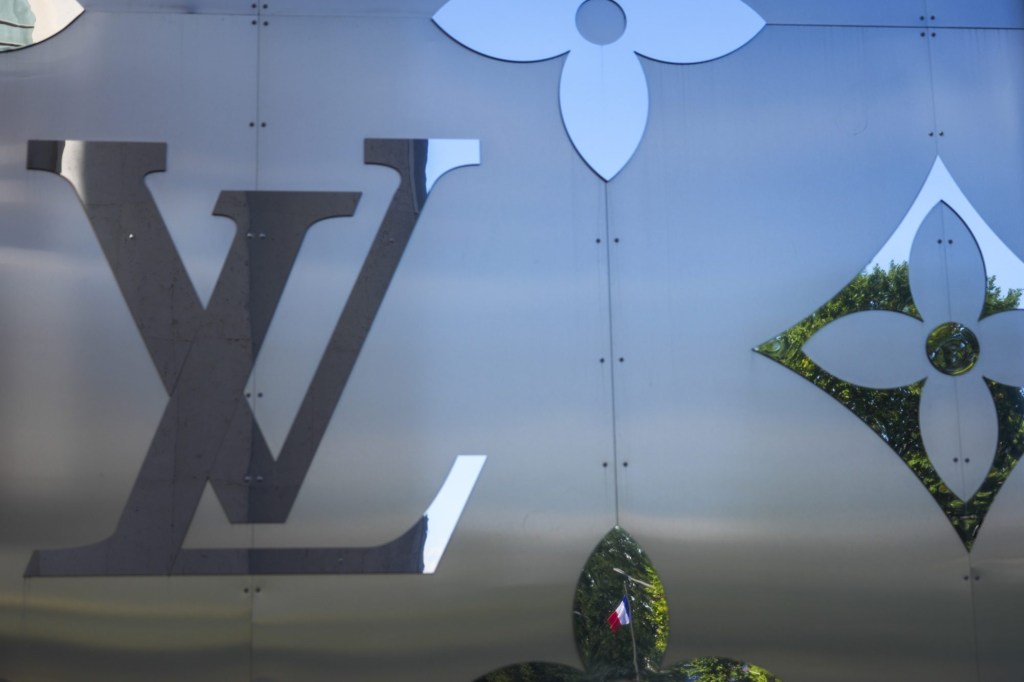
Brand awareness is a big part of this push, but the larger prize—and an opportunity afforded only by sports—is hooking the most valuable clients. Further, in wealth intelligence company Altrata’s latest billionaire census, it found that sports indexed as the top hobby for 70% of men and 29% of women, ranking above pursuits like arts and education.
Hensley sees the LVMH deals as a natural fit for the brand, reaching different audiences and allowing the company to flex a variety of skills, from overhauling a merchandise collection to hosting events with top-spending clients.
“There is a real camaraderie in sport that is very hard for luxury to find anywhere else,” says Matteo Atti, a professor of luxury business at the International University of Monaco. “It tends to be so polished that you hardly ever go beyond the ads, and sport removes that layer of veneer and can bring people again face-to-face.”
LVMH is hardly the only luxury fashion player staking its claim on sports: In 2023, François-Henri Pinault, who leads the conglomerate’s biggest rival, Kering, acquired a majority stake in Creative Artists Agency, the entertainment and sports agency that reps many of the world’s top athletes. He has also owned the French soccer team Stade Rennais FC since 1998. Chanel, meanwhile, signed a long-term deal last year to become title sponsor and timekeeping partner of The Boat Race, the much-watched rowing competition between Oxford and Cambridge universities.
But with LVMH’s deep pockets and 75-brand portfolio, it’s able to go much bigger.
LVMH is pushing hard off the back of its successful premium sponsorship of the 2024 Paris Olympics.
In October 2024, LVMH inked the F1 deal. The brand should see immediate impacts at the racetrack, among cars going 200 miles per hour. F1 is an obvious target for the luxury group, with its audience of global travelers and business leaders, including many ultra-wealthy fans who will jet to Miami or Monaco for a weekend to take in a race.
“I think Formula One retains that simplicity and immediacy that is incredible. But also, I think for luxury, specifically, it has now become so technical; it really showcases a level of know-how that is unbeatable,” says Atti, who is also global chief marketing officer at private aviation company Vista, which, like LVMH, has made significant investments in motorsports, similarly attracted both by its international appeal and the opportunities to get up close and personal with clients. “It’s the physical strength, the physical prowess, preparation, and alignment with the machinery—all of that together, against the weather, against the conditions, and against all the odds.”
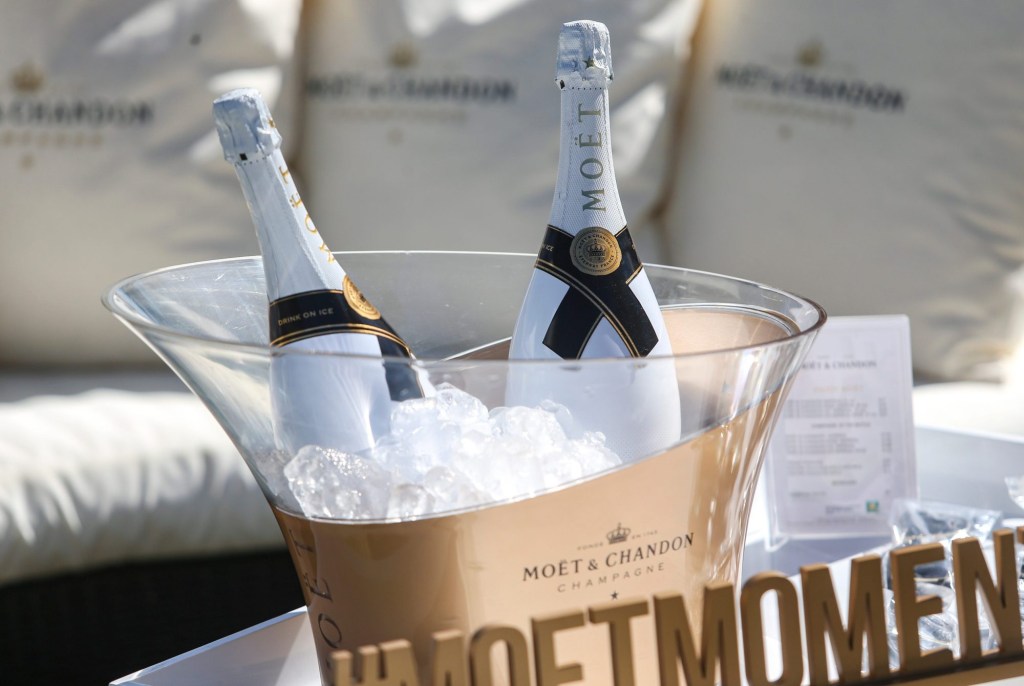
Shortly after, in November 2024, the Arnault family announced its investment in Paris FC, aiming to take a lower-division club with revenue struggles and turn it into a compelling brand despite a difficult market. (Red Bull was part of the investment as well as a minority stakeholder.)
Reaching the status of Paris’s more famous soccer club will be a significant challenge, even for a family with near-limitless resources and decades of branding expertise. Paris Saint-Germain, or PSG, is not only ranked first in France’s top league but has also achieved a global fashion prestige in and of itself, with boutiques in London, New York City, and Seoul, and its ongoing collaboration with Nike’s Jordan Brand. Paris FC has no such merchandising program or international brand recognition yet, but Hensley says the potential is huge. London, after all, has seven teams competing in the Premier League. Why shouldn’t Paris have two top contenders?
While PSG is majority-owned by a subsidiary of the Qatari sovereign wealth fund, Paris FC will stand out as one of the few locally owned competitors in French soccer. Its success, then, has the potential to be a matter of national pride, and LVMH has a vested interest in cultivating France’s reputation for excellence and savoir-faire. People love to cheer for the underdog, and luxury executives understand the value of an origin story, says Atti. If Paris FC, currently in second in Ligue 2, were to reach the top flight for the first time since 1978–1979, it would be among the most compelling modern ownership success stories.
There are hurdles, including on-the-field performance. But LVMH and the Arnaults can succeed, he tells FOS, comparing it to the trajectory of a Louis Vuitton staple that went from ordinary to extraordinary: “You can go from the Louis Vuitton trunk that was done by a guy called Louis, and that was nothing but a trunk, to what it then became.”
These three massive investments happened within six months, and LVMH has the resources to continue to expand if it wants. The group took in nearly €85 billion in revenue last year, and the opportunities are nearly endless; the money they’ve put into these sports trumps any other company—yet for LVMH’s bottom line, the money they are infusing is just a drop in the bucket.
Milton Pedraza, founder and CEO of the Luxury Institute, tells FOS he expects more investment to come, even if they don’t move as fast as they have within the past year.
“They like to start small, incubate, and then scale and elevate,” Pedraza says. Eventually, he says he could see the group having a sports portfolio like the Middle Eastern sovereign funds that have invested heavily in sports clubs around the world. “There are all kinds of opportunities for them, but they’re meticulous, so they test and learn.”
He continues, “Their job is to shatter myths and stereotypes and break through to new innovations. I don’t think there’s any sport that has a limit on it. If someday they want to do cornhole, so be it.”
